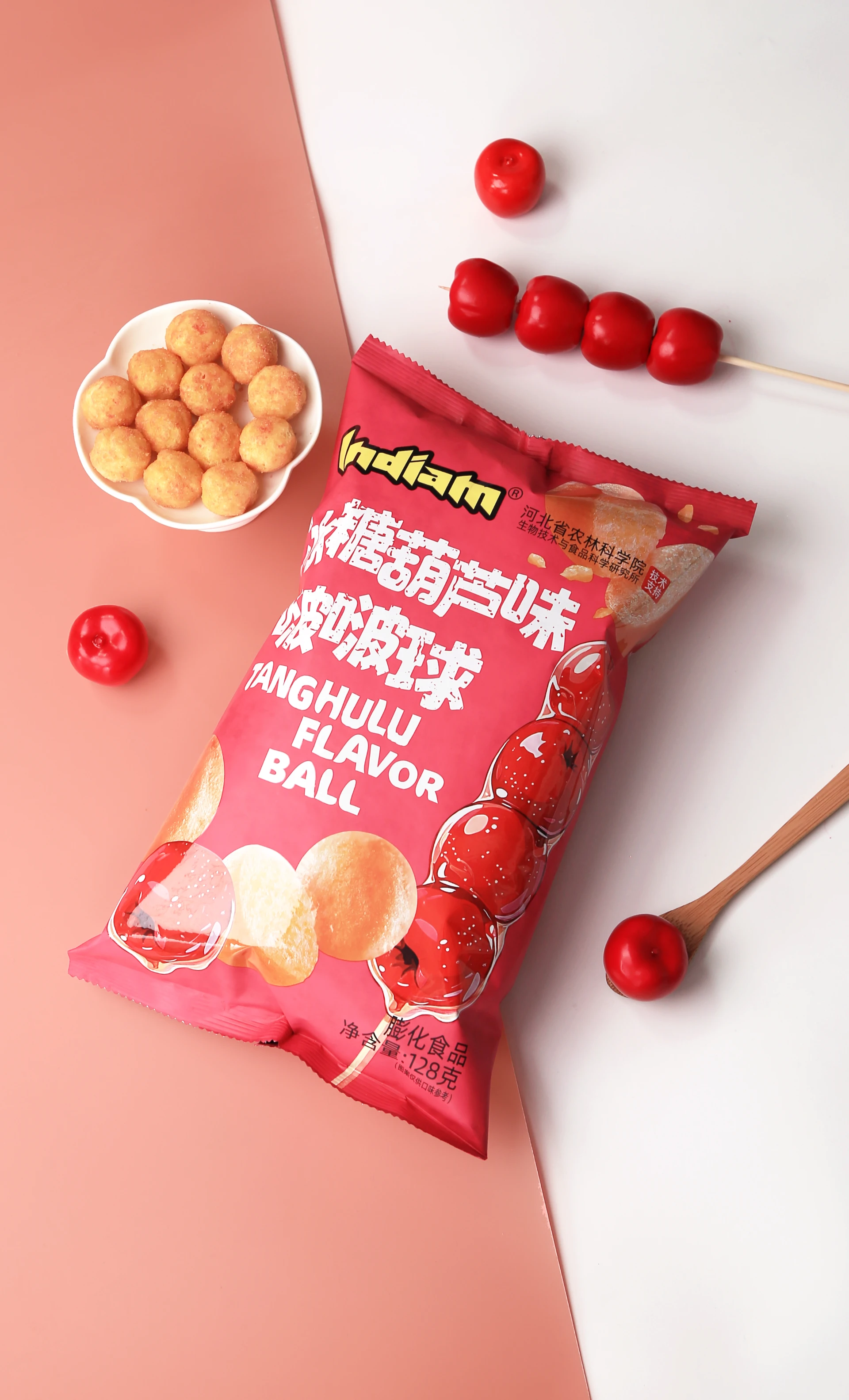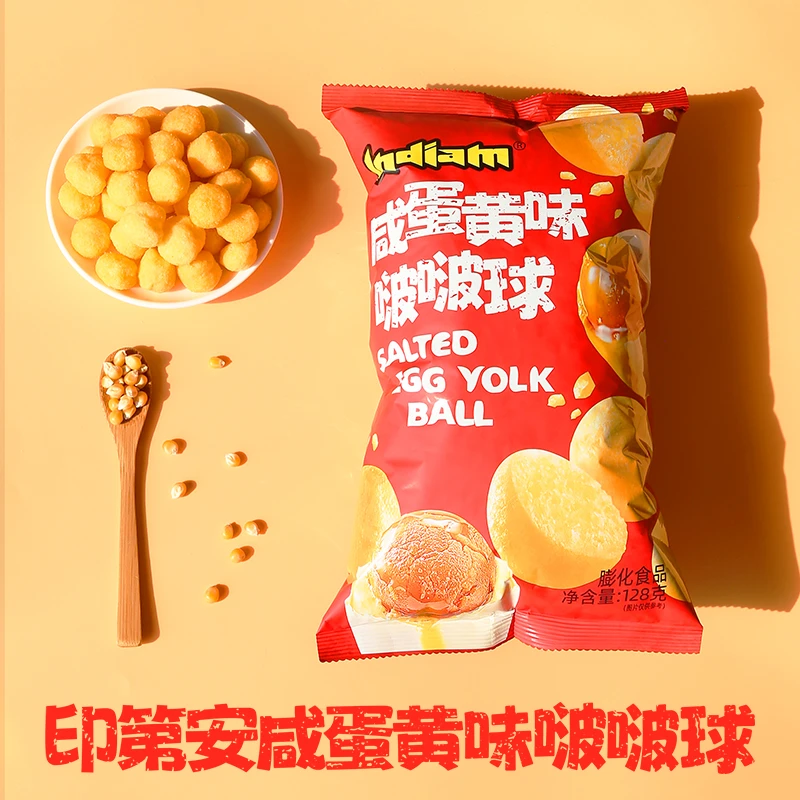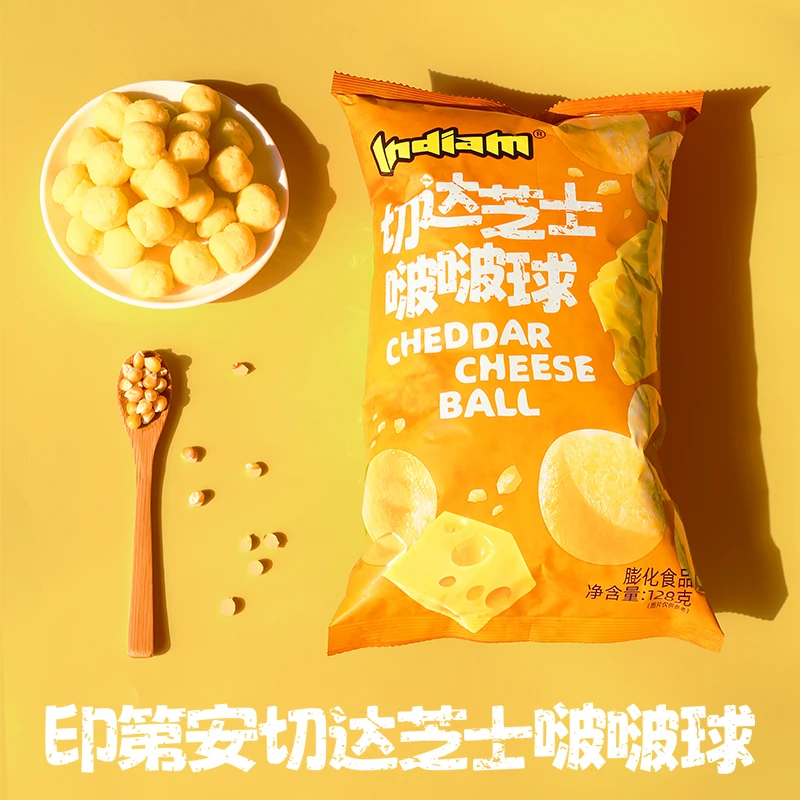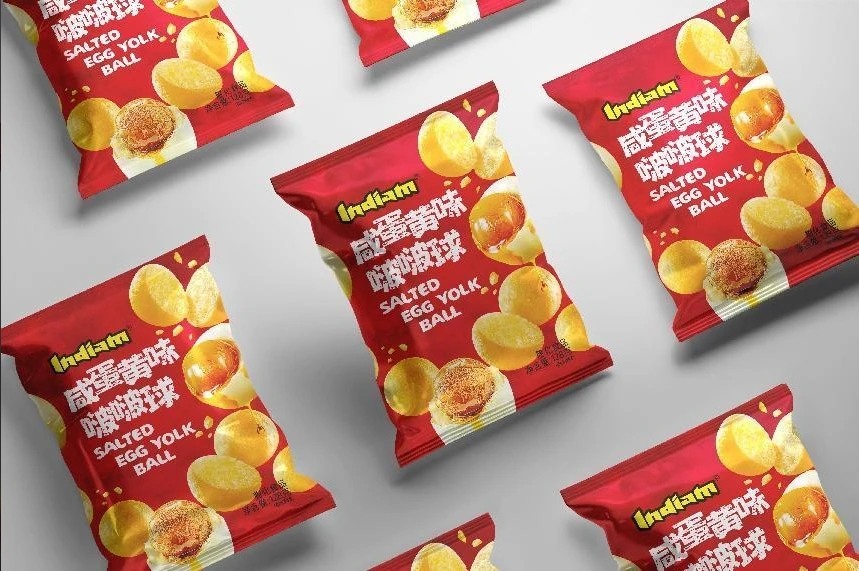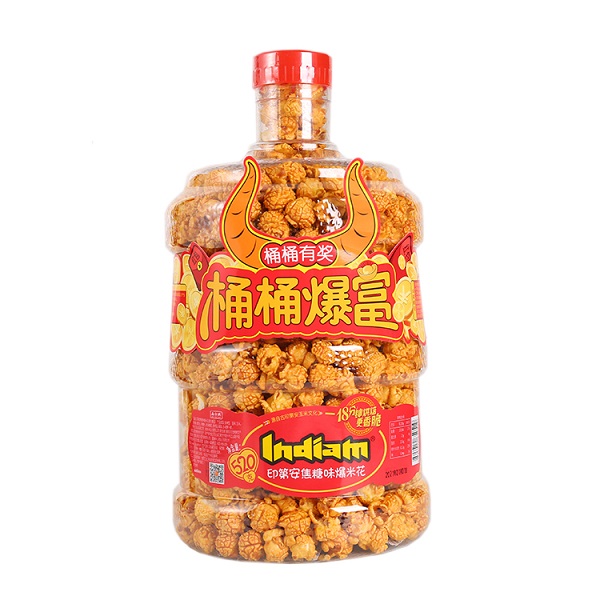How to Make Honey Popcorn Fast? Buttery, No Corn Syrup
Your insider guide to how to make honey popcorn (and buying it right)
I’ve spent enough time in snack factories and cinema concession backrooms to know one thing: crunchy, glossy honey popcorn wins hearts. Below I’ll walk you through the practical craft, the specs I look for, and—because many buyers ask—how the INDIAM baked line stacks up in real-world supply.

Process flow: materials, method, and quick QA
Materials you actually need for how to make honey popcorn at scale or at home:
- Mushroom popcorn kernels (better spherical surface for glazing)
- Refined coconut or high-oleic sunflower oil (neutral, stable)
- Honey (light to amber), a pinch of sea salt, optional butter
- Baking soda (tiny pinch) to aerate the syrup for lighter crunch
Method, compact version (works in a kettle or heavy pot):
- Pop: 180–190°C oil, charge kernels, vent steam; target expansion ratio ≥ 38:1 for mushroom style.
- Cook honey glaze: bring honey, sugar (optional), fat, and salt to ≈115–118°C (soft-ball). Off heat, whisk in a pinch of baking soda.
- Coat: tumble popped corn with hot glaze 30–60 seconds for even film; avoid pooling.
- Bake/finish: 95–110°C for 10–15 minutes, tossing once; this sets the glassy shell.
- Cool fast to keep aw low; pack in moisture-barrier packaging.
Quick testing standards buyers use:
- Moisture content after finish: ≈2–4% (ISO 712 ref. method).
- Water activity: ≈0.35–0.50 for lasting crunch; real-world conditions may vary.
- Sensory: ≥95% popped, minimal hulls; uniform honey sheen.
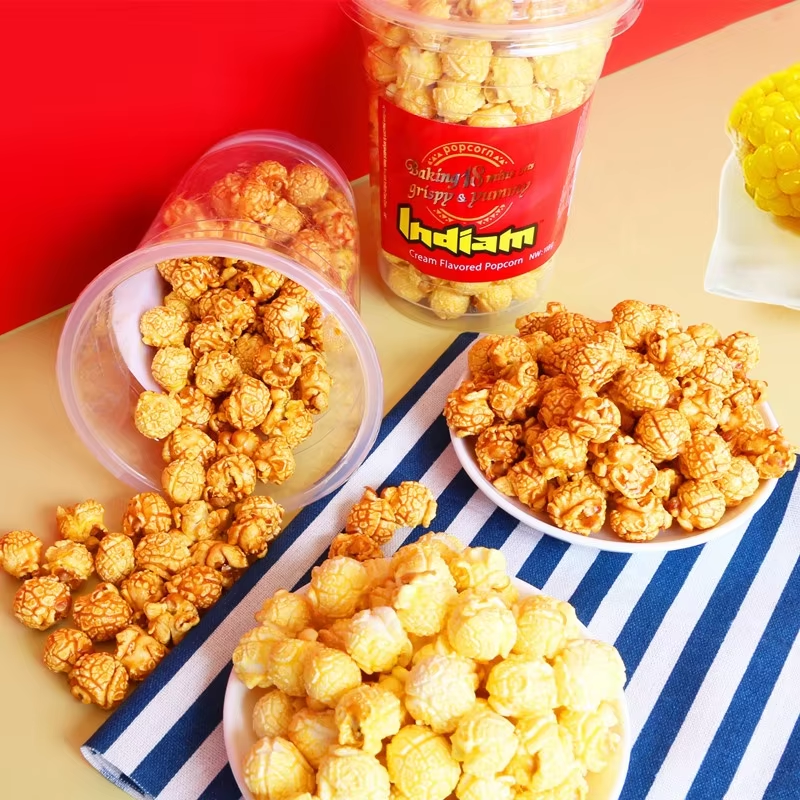
Why many buyers choose baked popcorn
Trend-wise, clean-label, baked (not fried) popcorn has surged—non-GMO, gluten-free, trans-fat–free. INDIAM was early here, and, to be honest, that head start shows in consistency. I’ve seen fewer sticky batches and better sheen compared with some newer entrants.
Product specifications (INDIAM Popcorn)
| Product | Hot selling Delicious and Healthy Grain Snacks INDIAM Popcorn for wholesale |
| Pack size | 118 g/cup; 30 cups/CTN |
| Flavors | Caramel, Cream, Honey Butter, Salt Lemon, Wasabi Seaweed, etc. |
| Certifications | HACCP, HALAL, FDA, ISO 22000 |
| Ingredients policy | No artificial ingredients/flavors; non-GMO; gluten-free; trans-fat–free |
| Origin | 33 Gongye Road, Jinzhou City, Hebei, China (Hebei Cici Co., Ltd.) |
| Shelf life | ≈12 months sealed; consume soon after opening |
| OEM | Private label, flavor, and packaging customization available |
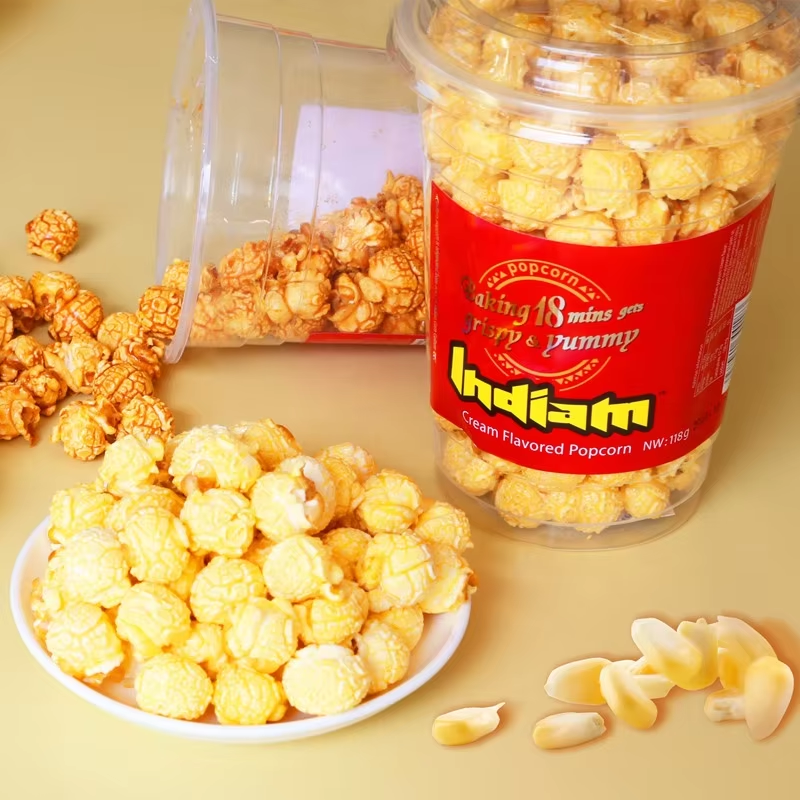
Vendor comparison (field notes)
| Item | INDIAM (baked) | Generic import | Local micro-batch |
|---|---|---|---|
| Crunch consistency | Stable, aw≈0.4 | Varies; softer in humid lanes | Great day-one; shorter shelf |
| Certs | HACCP/HALAL/FDA/ISO22000 | Mixed | Often none |
| OEM options | Wide flavors/labels | Limited | High flexibility; low volume |
| Best use case | Retail chains, airlines, e-comm | Price-led channels | Boutiques, events |
Application scenarios
Retail cups for supermarkets, cinema concessions, vending, airline snack boxes, and corporate gifting. Service life is generous in sealed cups, which matters in humid coastal markets—ask me how many sticky-bag complaints I’ve fielded before switching suppliers.

Customization and QA
OEM support covers private labels, honey intensity, butter notes, and bilingual packaging. Lots are QA’d to ISO 22000 with HACCP plans; honey glazing is checked for even coating and moisture. Many customers say the Honey Butter variant hits that “not-too-sweet” profile—surprisingly versatile with coffee.
Mini case notes
A Southeast Asian distributor reported ≈20% faster sell-through after moving to baked cups during rainy season; fewer texture complaints. A European cinema group trialed Honey Butter beside caramel and found impulse lifts on family days—small sample, but it tracks with what I’ve seen.
Final tip: whether you DIY how to make honey popcorn or source wholesale, keep your aw low, pack fast, and don’t skimp on mushroom-grade kernels. The crunch is the brand.
Authoritative references
- ISO 22000:2018 Food safety management systems.
- FDA 21 CFR Part 117: Current Good Manufacturing Practice, Hazard Analysis, and Risk-Based Preventive Controls for Human Food.
- Codex Alimentarius, General Standard for Food Additives (GSFA) and hygiene codes.
- ISO 712:2009 Cereals and cereal products — Determination of moisture content.
Post time: Oct . 05, 2025 23:40






